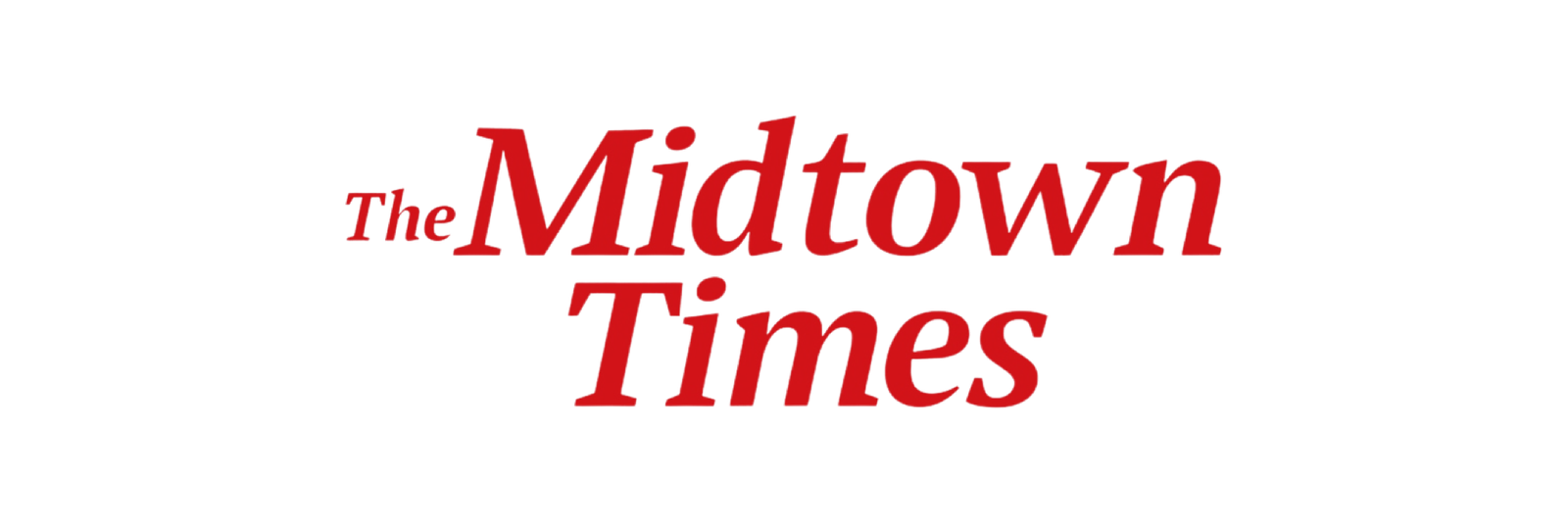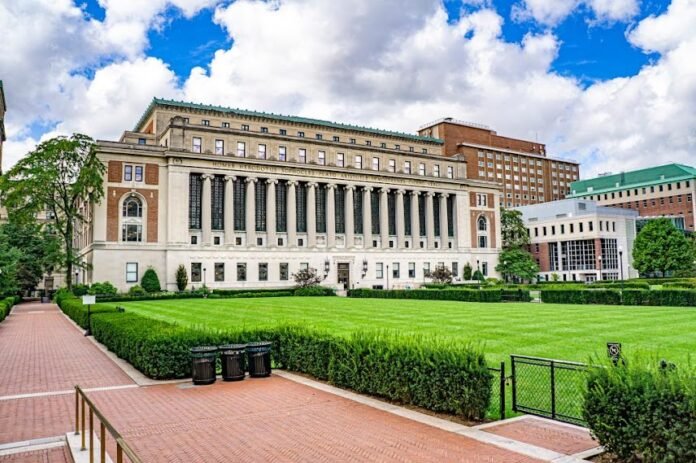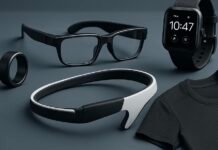Researchers at Columbia Engineering have introduced a novel method for creating bioactive injectable hydrogels by incorporating extracellular vesicles (EVs) derived from yogurt, paving the way for new advancements in tissue engineering and regenerative medicine.
The study, published in Matter, was led by Santiago Correa, Assistant Professor of Biomedical Engineering at Columbia Engineering, in collaboration with an international team of scientists. The researchers designed an injectable hydrogel platform that utilizes EVs from milk as both bioactive agents and key structural components. EVs are naturally secreted by cells and transport hundreds of biological signals, including proteins and genetic material, which facilitate complex cellular communication beyond the capabilities of synthetic materials.
In this innovative system, EVs serve two functions. They act as carriers of bioactive molecules and also crosslink biocompatible polymers, enabling the formation of an injectable material. By sourcing EVs from yogurt, the team overcame production limitations that have traditionally hindered the development of EV-based biomaterials. The resulting hydrogel replicates the mechanical properties of living tissue while actively engaging with surrounding cells to promote healing and regeneration, all without the need for additional chemical additives.
Correa, who directs the Nanoscale Immunoengineering Lab at Columbia University and is a member of the Herbert Irving Comprehensive Cancer Center, explained that the project originated from a fundamental question about constructing EV-based hydrogels. The use of yogurt EVs provided not only a practical model but also revealed their inherent regenerative potential. This discovery suggests new, accessible avenues for therapeutic materials.
The research was conducted in partnership with Columbia Engineering faculty member Kam Leong and scientists from the University of Padova, including Professor Elisa Cimetta and graduate student Caterina Piunti. By combining expertise in agricultural EV sourcing from Padova with Columbia’s specialization in nanomaterials and polymer-based hydrogels, the collaboration demonstrated the benefits of cross-disciplinary, global scientific partnerships.
The team established a design framework for hydrogels that incorporate EVs as both biological and structural components. They further demonstrated that the platform is adaptable by successfully using EVs from mammalian cells and bacteria. This versatility may lead to future applications in wound healing and regenerative medicine, where current treatments often fall short of achieving long-term tissue repair.
Preclinical testing in immunocompetent mice indicated that yogurt EV hydrogels are biocompatible and stimulate significant angiogenesis within one week, promoting the formation of new blood vessels essential for tissue regeneration. The material also fostered an immune environment rich in anti-inflammatory cells, potentially supporting the observed repair processes. Future research will investigate how these immune responses can be harnessed to enhance tissue regeneration.
According to Artemis Margaronis, an NSF Graduate Research Fellow and co-lead author, the ability to design a material that closely mirrors the body’s natural environment while accelerating the healing process opens up transformative possibilities for regenerative medicine.
Journal Reference: Matter — “Extracellular Vesicles as Dynamic Crosslinkers for Bioactive Injectable Hydrogels” by Artemis Margaronis, Caterina Piunti, Ryan R. Hosn, Sarah Bortel, Satya Nayagam, James S. Wang, Daniella Uvaldo, Kam Leong, Elisa Cimetta, and Santiago Correa.
Funding and Acknowledgments: Supported by the ERC Starting Grant MICRONEX project (759467, PI E. Cimetta). Portions of this work were conducted at the Simons Electron Microscopy Center at the New York Structural Biology Center with support from the Simons Foundation (SF349247). Columbia University has filed a patent application related to this technology.
Credit: Original reporting by Camryn Hadley, Columbia Engineering.



